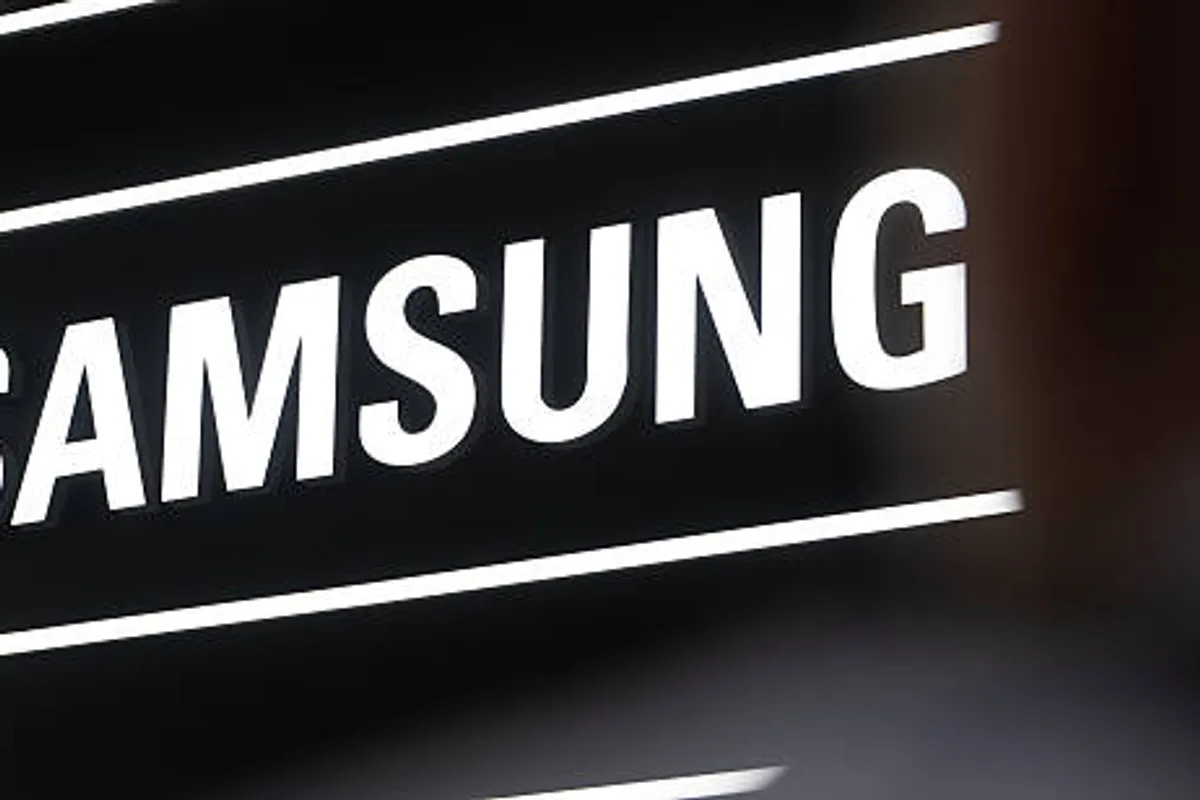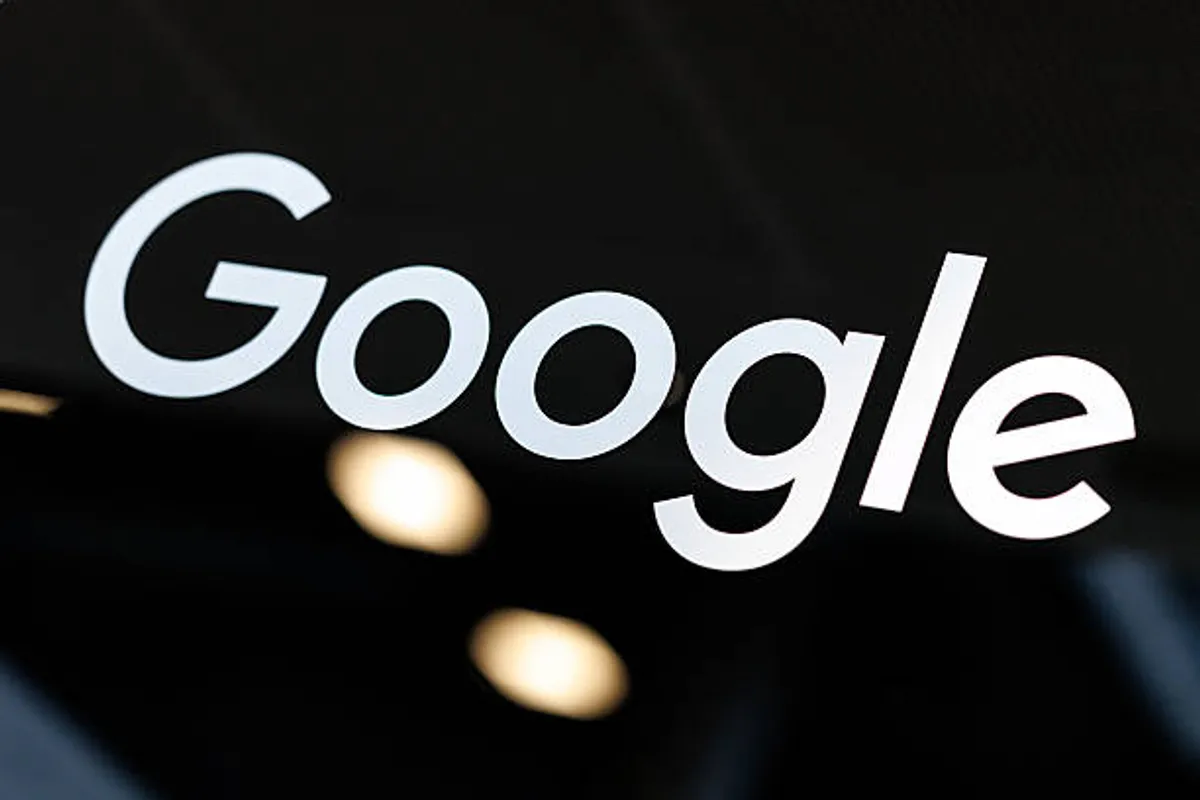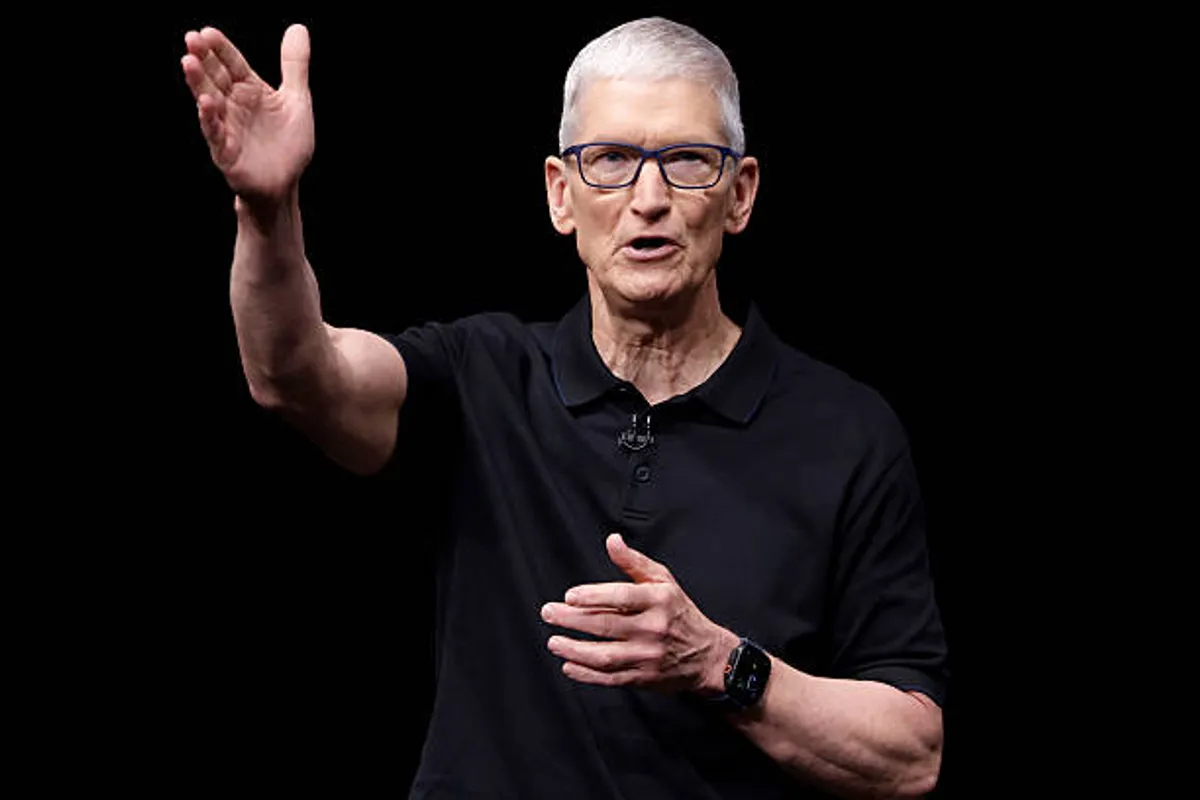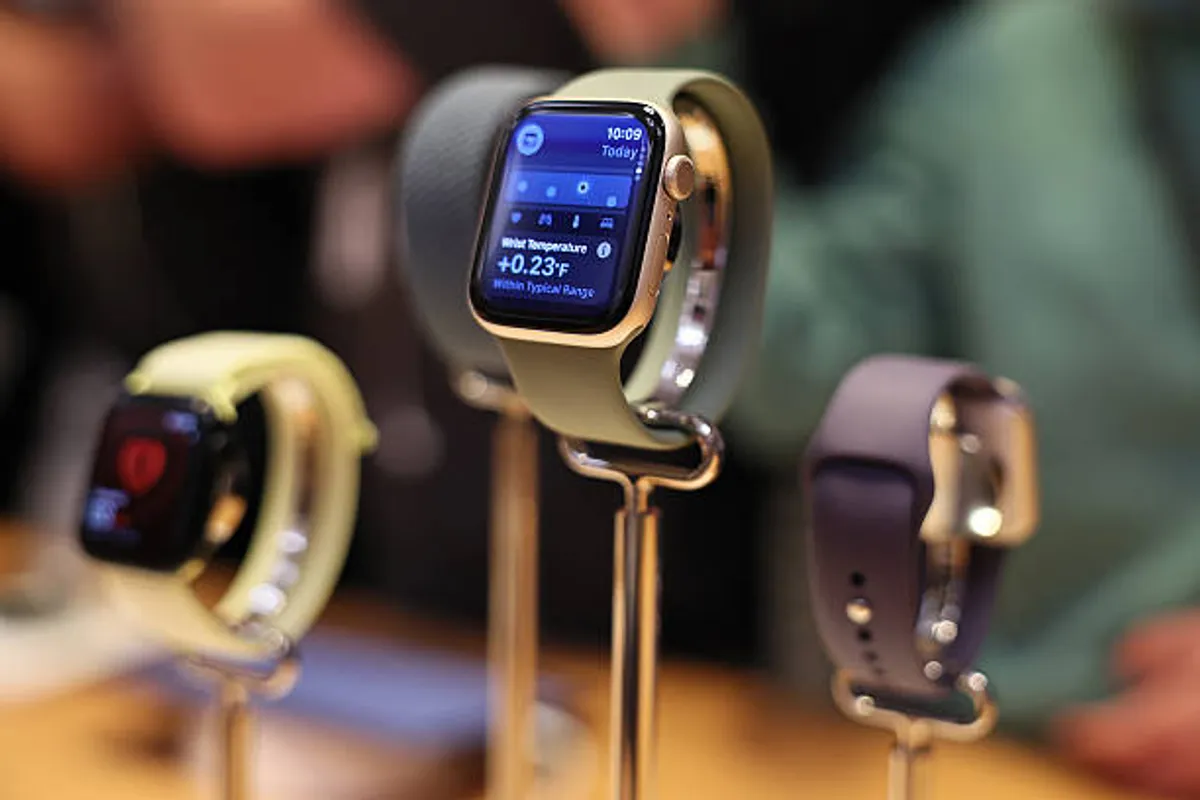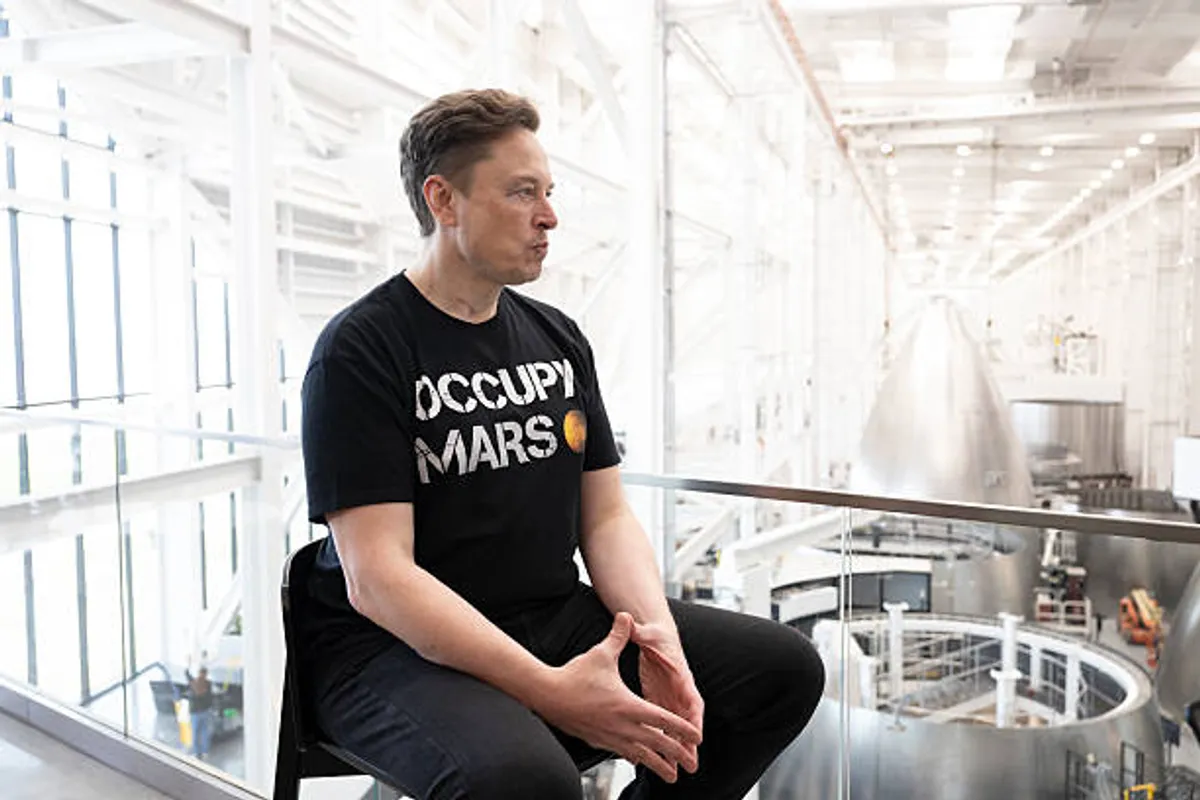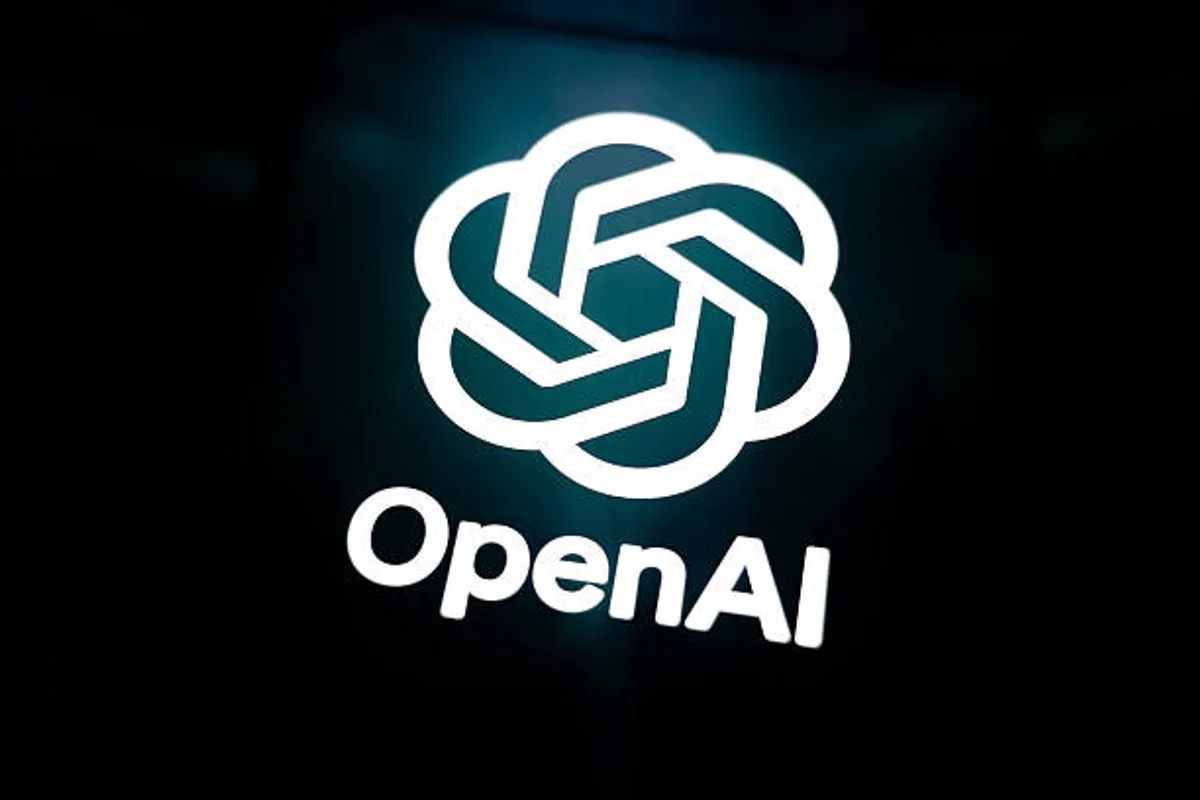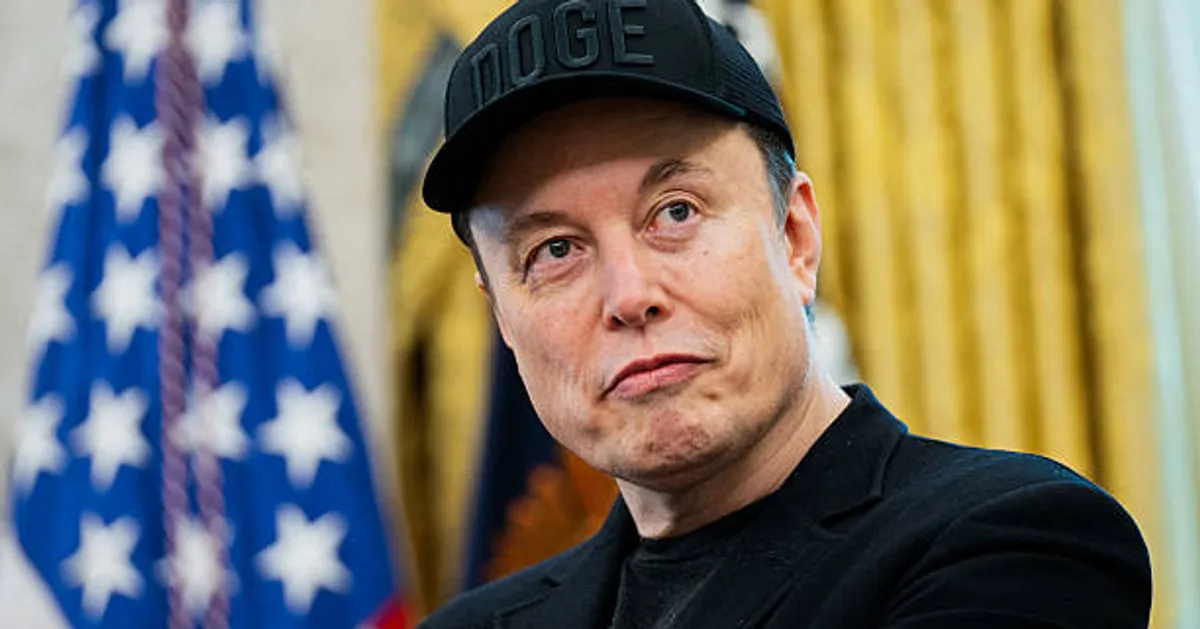
Elon Musk’s Starlink on White House Roof Sparks National Security Alarm

GeokHub
Contributing Writer
A Starlink satellite internet terminal, developed by Elon Musk’s SpaceX, has been installed on the roof of the Eisenhower Executive Office Building—part of the White House complex—raising serious concerns among lawmakers and cybersecurity experts about potential national security risks.
The installation was reportedly carried out without the standard clearance procedures normally required for communications hardware placed in or near secure government facilities. According to whistleblowers, Musk-affiliated personnel bypassed White House communications teams and security officials, instead routing approval through internal channels within a relatively obscure agency known as the Department of Government Efficiency (DOGE).
Several Democratic lawmakers have voiced concern over the installation. Congressman Stephen Lynch (D-MA), who chairs the Subcommittee on National Security, warned that the use of a privately controlled satellite network in such a sensitive location could “undermine our national security by exposing sensitive data to hackers, foreign adversaries, or bad actors.”
Senator Elizabeth Warren also called for immediate transparency, demanding an investigation into how Starlink was allowed access to government infrastructure without broader cybersecurity oversight.
Experts have pointed out multiple red flags with the setup:
- The Wi-Fi network, labeled “Starlink Guest,” reportedly lacked multi-factor authentication.
- There was no evidence of a full-tunnel VPN, which would normally encrypt all data traffic between the terminal and internal networks.
- The network appeared to operate outside of typical White House monitoring protocols, raising the risk of undetected data leaks or unauthorized communications.
Cybersecurity analysts described the move as a textbook case of “shadow IT”—technology deployed without proper oversight, creating a major risk vector in highly secure environments.
Officials from the Secret Service and the White House ethics team have pushed back against the criticism, stating that the Starlink terminal was installed to address longstanding connectivity issues and was not deemed a breach. The Trump-aligned office that oversaw the installation said that the hardware was “fully disclosed” to appropriate internal departments.
Despite this defense, federal IT professionals have expressed concern that the process sidestepped established cybersecurity protocols, and set a precedent for private tech infrastructure operating within the executive branch without full transparency.
This incident has reignited debate over the growing influence of tech billionaires in federal infrastructure and the blurred lines between public governance and private technology. With Elon Musk already supplying services to U.S. defense agencies and influencing global satellite communications, the use of Starlink at the White House has sparked fears of excessive private control over secure communication networks.
As investigations continue, lawmakers are demanding a formal review of all Starlink deployments across federal buildings to ensure compliance with national security standards.
